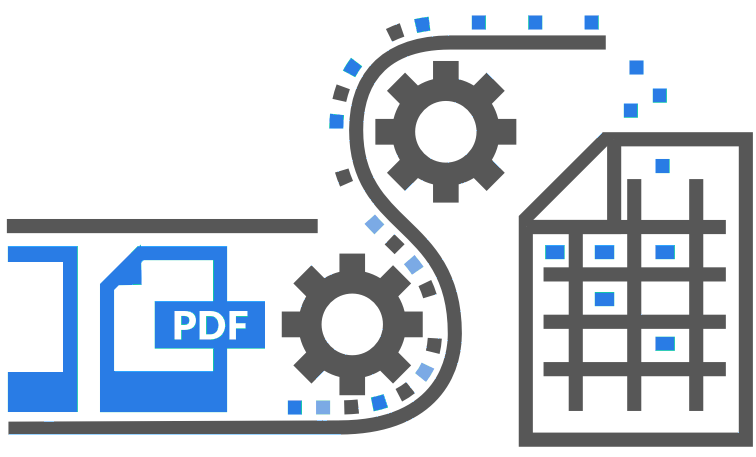

These use cases need you to specifically get bounding boxes for characters in the images you will be most dealing with. Current OCR APIs do not allow for vertical reading which makes the detection task in the image above a lot harder. Consider any task involving OCR in the wild, reading traffic signs or reading shipping container numbers, for example. This is not a possibility with the OCR APIs available to us. To be able to get good results for our use-case, it is important that a model can be trained on data that we’ll be dealing with the most. Where the current OCR APIs fail Product shortcomings Reading shipping container numbers - OCR on vertical textĭon’t allow working with custom data -One of the biggest roadblocks to adopting OCR is that every use-case has its nuances and require our algorithms to deal with different kinds of data. Want to digitize invoices, PDFs or number plates? Head over to Nanonets and start building OCR models for free! The focus of this one is going to be understanding where the OCR technology stands, what do OCR products offer, what is lacking and what can be done better.
OCR TOOL PARSE CURSIVE HOW TO
Learning how to extract text from images or how to apply deep learning for OCR is a long process and a topic for another blog post. But how do you know which character corresponds to which field? What if you want to extract a meter reading, how do you know what parts are the meter reading and what are the numbers printed to identify the meter? You might need to read the different characters from a cheque, extract the account number, amount, currency, date etc. You want to read information off of ID cards or read numbers on a bank cheque, OCR is what will drive your software. It takes images of documents, invoices and receipts, finds text in it and converts it into a format that machines can better process. Simply defined, OCR is a set of computer vision tasks that convert scanned documents and images into machine readable text.


 0 kommentar(er)
0 kommentar(er)
